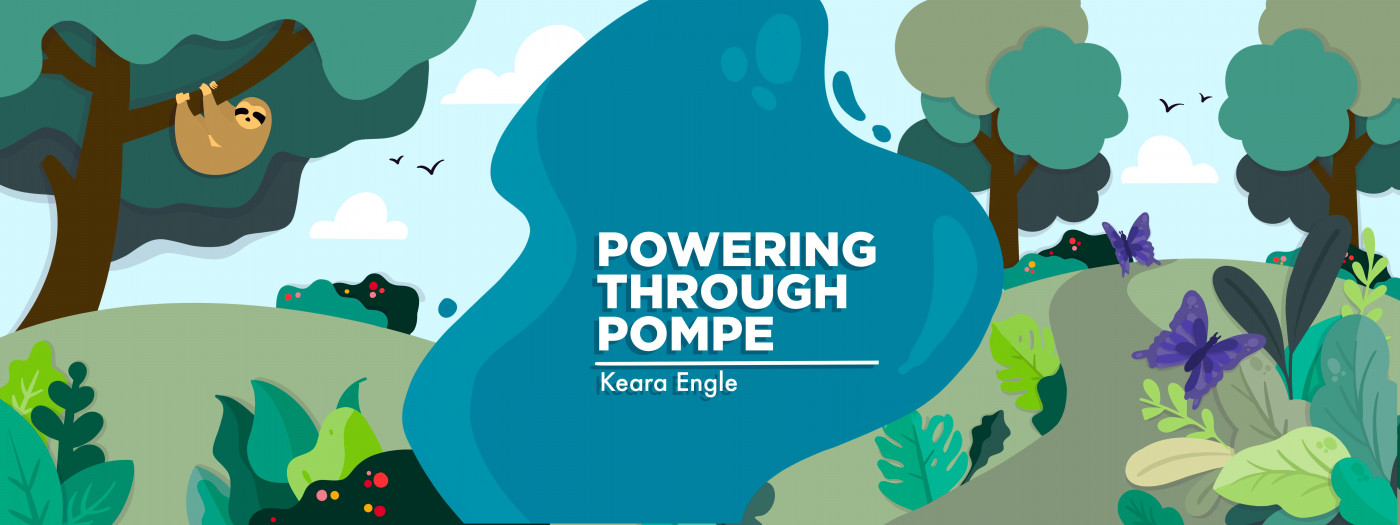Unable to Speak, My Son Uses Nonverbal Communication
Written by |

My 3-year-old son, Cayden, is nonverbal, which presents some communication challenges. But it isn’t the end of the world, because there are many different forms of nonverbal communication that can be used when someone is unable to speak.
Cayden has infantile-onset Pompe disease, which has caused him to have weak facial muscles. As a result, he has developed dysarthria, or difficulty controlling the muscles he would use to speak. The only word he can say clearly is “mama,” but luckily we’ve gotten creative and found ways to communicate with him.
One thing we’ve used for Cayden is sign language. He knows a few different signs, but he definitely has his favorites. Some signs he uses are from traditional American Sign Language. However, some of those are too hard for him to do, so we’ve made up a couple of our own signs as well. A few he knows are “please,” “thank you,” “want,” “help,” “more,” “all done,” and “iPod.”
We started using sign language when Cayden was 2 and began going to speech therapy. Because of his age, he didn’t really understand the concept, so we used a few other things along with sign language.
Flashcards were one communication aid we used before he started to sign. Cayden’s speech therapist made cards that had pictures of some of the things he used frequently, such as diapers, books, the suction machine, the crib, the tablet, and a few of his favorite toys. We would use the flashcards when talking to him to see what he wanted, and he would point to or pick up a card to indicate what he was asking for.
We’ve also used an eye-gaze device. It uses a low-intensity light to track the user’s eyes and see what they are looking at on the screen. It then speaks and says whatever the user has looked at. It can be a bit tricky to master, but it was really beneficial to us once Cayden learned how to use it.
But with a price tag of about $16,000, an eye-gaze device is expensive. Thankfully, our insurance company was willing to cover the cost.
Communicating with Cayden isn’t perfect. There are still some instances when I can’t figure out what he is saying, which can be frustrating for both of us. But as he’s gotten older, Cayden has become pretty good at letting us know what he wants.
I wish my son were able to communicate verbally, but he can’t. That’s why I’m glad we have found what works for our family. It’s taken some effort, but it has been totally worth it to be able to talk to my son.
***
Note: Pompe Disease News is strictly a news and information website about the disease. It does not provide medical advice, diagnosis, or treatment. This content is not intended to be a substitute for professional medical advice, diagnosis, or treatment. Always seek the advice of your physician or other qualified health provider with any questions you may have regarding a medical condition. Never disregard professional medical advice or delay in seeking it because of something you have read on this website. The opinions expressed in this column are not those of Pompe Disease News, or its parent company, Bionews, and are intended to spark discussion about issues pertaining to Pompe disease.







Yvo Wijnen
I have a 23 year old daughter with infantile Pompe's disease. She's contiuously ventilated through a trachea tube since she was 11 months old. Until she was 6 years old, we also used (Dutch) sign language to communicate with her, but since her 6th-7th year she has spontaneously learned to use the leakage from her tube to speak. Her voice is very weak, and her facial muscles deteriorated so we can't always hear her clearly, but over time she has mastered her mother language in speaking this way, and even other languages as well. Sometimes she uses spelling to clarify the words she is using.